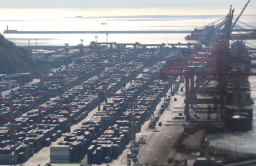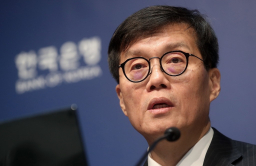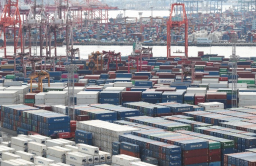-
KOSPI 2577.27 -2.21 -0.09%
-
KOSDAQ 722.52 -7.07 -0.97%
-
KOSPI200 341.49 +0.02 +0.01%
-
USD/KRW 1396 -2.00 0.14%
South Korea jumps to world’s No. 6 exporter; 2025 outlook dims
Economy
South Korea jumps to world’s No. 6 exporter; 2025 outlook dims
Asia’s fourth-largest economy closes in on Japan in export value with a $20.2 billion gap
By
Dec 29, 2024 (Gmt+09:00)
4
Min read
News+
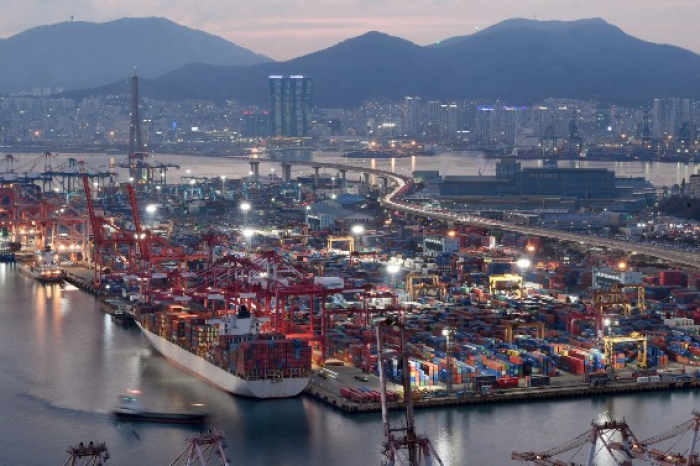
South Korea has sharply narrowed the gap in export value with Japan to a record low of $20.2 billion so far this year. But the country’s export outlook for next year is grim as it faces looming political, trade and social headwinds.
The value of Korea’s international outbound shipments from January to November this year stood at $622.39 billion, up 9% from the same period last year, according to the Korea International Trade Association (KITA) on Sunday.
KITA’s analysis of preliminary trade data from Japan’s Ministry of Finance showed that the export value of Asia’s second-largest economy reached $642.60 billion, making Korea’s gap in export value with Japan its smallest-ever at $20.2 billion.
The difference has been steadily narrowing, from $303.6 billion in 2010 to $155.2 billion in 2013 and $111.6 billion in 2021. It shrank further to $63.24 billion in 2022 and then rebounded to $85.04 billion in 2023.
According to the state-run Korea Trade-Investment Promotion Agency (KOTRA), Korea ranked as the world’s sixth-largest exporter based on the total tally in the January-October period this year, climbing two notches from a year ago.
Japan remained as the world’s fifth-largest exporter for the past three years in a row.
The rise in Korea’s outbound shipments was driven by robust demand for Korean goods from the US, China and ASEAN member countries, which together accounted for 54.9% of Korea’s entire exports.
KITA attributed the narrower export value gap between Korea and Japan to brisk sales of Korean semiconductors and computers and growing demand for Korean cosmetics and pharmaceutical products.
Japan has been grappling with growing challenges from China and Korea in exports of its mainstay export goods such as automobiles, ships and intermediate goods.
On top of that, the offshoring of factories and plants from Japan to other countries has also shrunk the export of Made-in-Japan products, which offset the favorable weak-yen impact on the country’s exports, said KITA.
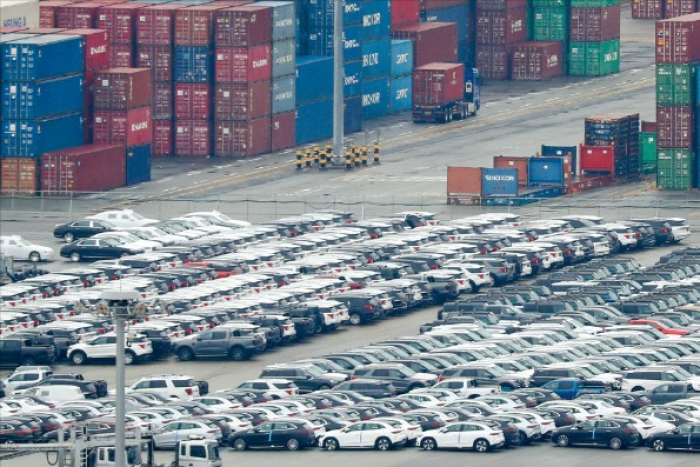
KOREA FACES A GRIM TRADE OUTLOOK IN 2025
But this could also become a major concern for Korean exports in the long run as major exporters of Asia’s No. 4 economy have recently shifted their manufacturing bases to other countries to avoid high tariffs and labor costs.
Korea’s two biggest export destinations, the US and China, have increased trade barriers to protect their domestic industries and economy, forcing Korean companies to build more local plants in the two nations.
Korean companies are also considering building plants in Europe and Southeast Asia where labor costs are cheaper and geopolitical risk is lower.
The rapid aging of Korea, with the world’s lowest fertility rate, also poses a huge threat to the fundamentals of the country’s manufacturing sector, which accounts for the lion’s share of the export-reliant country’s economy, according to KITA.
The trade association projects that Korea’s exports will grow at a rate of 1-3% in 2025 — slower than 2024 despite the anticipated robust shipments of information technology products and semiconductors.
Car exports are expected to decrease next year after their stellar performance this year and a rise in production output from overseas manufacturing bases, said KITA.
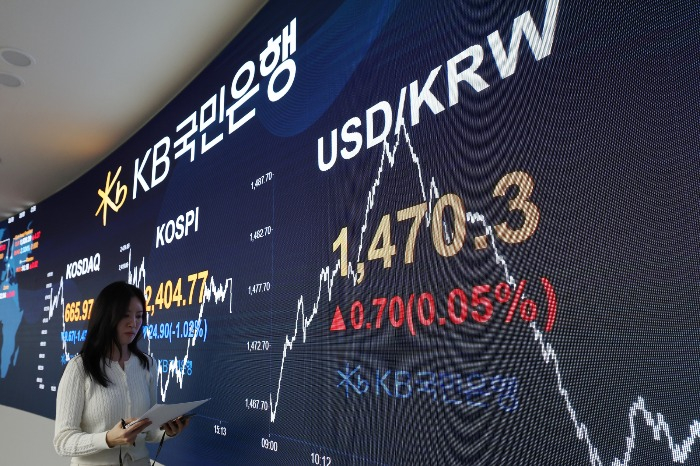
KITA added that downward pressure on Korea’s exports is growing due to a fall in prices of the country’s other mainstay export item, petrochemical products.
Korea’s export growth already fell to a 14-month low in November with shipments to the world’s two biggest markets, the US and China, down according to data from the Ministry of Trade, Industry and Energy earlier this month.
But the worst has yet to come. US President-elect Donald Trump — who pledged to impose huge tariffs on major trading partners such as Canada, Mexico and China — returns to the White House in January, and his administration's policies could take a toll on the export-reliant Korean economy and companies.
Amid ongoing political turmoil following the impeachment of Korean President Yoon Suk Yeol for his ill-fated bid to declare martial law earlier this month, Korea is losing time in negotiations with the new US government over trade deals, said concerned trade experts.
Han Duck-soo, the country’s acting president and prime minister, was also impeached in Parliament on Friday, marking the first time in the nation’s history that an acting president has been impeached.
With Han's job suspended, Choi Sang-mok, the finance minister and deputy prime minister, has taken over as Korea’s acting president.
On Thursday, the Korean won — already Asia's weakest currency this year — tumbled to levels against the US dollar not seen since the 2009 global financial crisis. closed at 1,467.5 per dollar in Seoul on Friday.
Write to Jung-hwan Hwang at jung@hankyung.com
Sookyung Seo edited this article.
More To Read
-
 Business & PoliticsKorea’s new acting president assures economy resilient, security tight
Business & PoliticsKorea’s new acting president assures economy resilient, security tightDec 27, 2024 (Gmt+09:00)
-
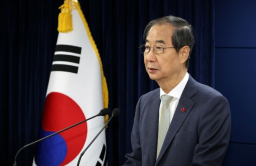 Business & PoliticsSouth Korea’s Acting President Han impeached; Stocks, won plummet
Business & PoliticsSouth Korea’s Acting President Han impeached; Stocks, won plummetDec 27, 2024 (Gmt+09:00)
-
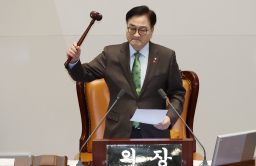 Business & PoliticsKorea’s president impeached over martial law; political turmoil to ease
Business & PoliticsKorea’s president impeached over martial law; political turmoil to easeDec 14, 2024 (Gmt+09:00)
-
Dec 04, 2024 (Gmt+09:00)
-
Dec 01, 2024 (Gmt+09:00)
-
Nov 28, 2024 (Gmt+09:00)
-
Oct 01, 2024 (Gmt+09:00)
-
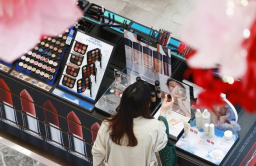 Beauty & CosmeticsKorean cosmetics fly off shelves on Amazon, other e-commerce platforms
Beauty & CosmeticsKorean cosmetics fly off shelves on Amazon, other e-commerce platformsSep 26, 2024 (Gmt+09:00)
-
Feb 28, 2024 (Gmt+09:00)



